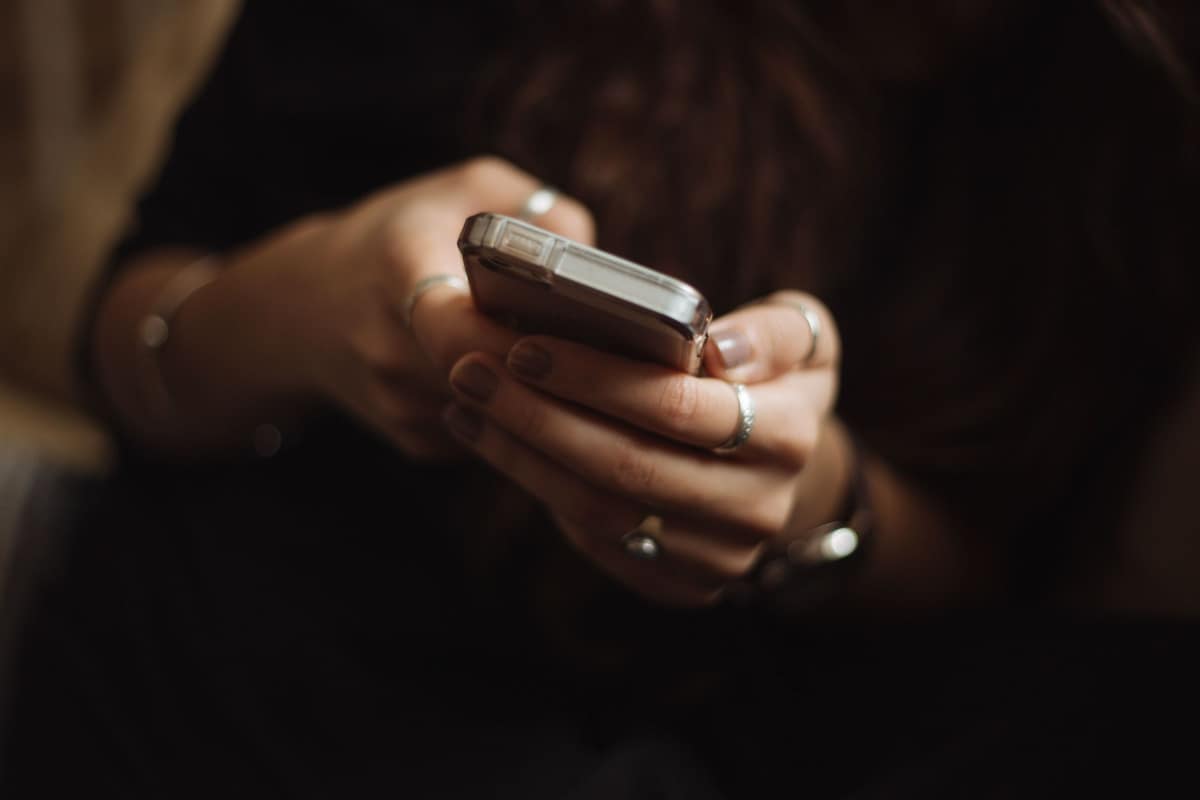And What You Can Do About It
One of the fun things about summer is that people often have a little more time to play. The days are longer and warmer, the kids are out of school, it’s vacation season, and there are more opportunities for recreation of all kinds. However, with the increase in leisure time also comes an increase in the amount of time we tend to spend scrolling on social media. And with the world being in the state it’s currently in, that may be a recipe for increased anxiety for not only adolescents, but any social media user.
So what can be done about this problem? In this article, we take a look at why social media provokes the response it does and how to use it in a more healthy way.

It’s The Way We’re Wired
Social media is designed to trigger several deeply-seated and deeply human mechanisms in our brains in order to get us to engage with it as much as possible. The first is our need for interaction with others. The second is our need to feel good about ourselves. And the third is our need to know what’s going on in our world so that we can make good decisions going forward. All of these needs are incredibly important to virtually every person who has ever lived, which is why social media is such a powerful draw for so many people of all ages and circumstances.
Studies are starting to show that, for younger people, social media is their primary source of news and information. Trust in traditional media outlets is at an all-time low, driving many to seek their news from other sources. And social media is easy, convenient, and easily digestible (even if your old friend’s repost does leave a sour taste in your mouth; at least it’s straightforward.)
And the algorithms that run most social media platforms typically only exacerbate this problem. Negative headlines, shocking stories, and outraged comments usually cause people to engage more, which causes the algorithm to respond by showing them MORE of it. With the world in the state that it’s in, the bad news is very easy to come by, and it doesn’t take much to get caught up in a seemingly endless cycle of negativity.
Plus, it’s also been shown that social media use can have a negative effect on self-esteem and life satisfaction. It’s so easy to compare our behind-the-scenes mess to the highlight reel of everyone else’s life. We often forget that they also have a behind-the-scenes mess; people just don’t tend to broadcast those parts of their lives.
That’s not to say that social media is all bad. It can serve a wonderful purpose of keeping people connected and up-to-date with each other’s lives that normally wouldn’t have the time to catch up (think old high school/college friends, or extended family.) It can also provide us with inspiration from the many positive, but often overlooked, things that are shared there by millions of people every day. We just have to take a proactive approach to it in order to fit it into a healthy lifestyle.

Managing Your Social Media Use
Using social media in an unhealthy way can be compared to feeling ravenously hungry and reaching for a piece of candy to fill your stomach. Sure, the candy will fill your stomach for a few minutes, but it’s not designed to give you the long-term satisfaction that you really need in order to be physically healthy. That’s why when we’re hungry, we eat (hopefully) balanced and larger meals or healthy snacks to keep our energy levels up and our need to eat satisfied. The candy can be saved for a delicious treat afterward, when we’re more likely to be moderate about it and it’s less likely to wreck our blood sugar (and by association: energy level, mood, physical strength, ability to regulate our hunger in the future, etc.)
Like the candy metaphor, it’s important to use social media not as your primary source of social interaction and entertainment, but as a small, balanced part of your overall social “diet.” Take a look at all aspects of what makes up a healthy life: the social, physical, emotional, mental, and spiritual components of you. Every day, try to do something that fills those needs in a wholesome way.
For example, going for a walk with a good friend can fill your physical, emotional, and social buckets. Spending some time on your elliptical while reading a good book on your phone or listening to an interesting podcast can fill both your physical and mental buckets. Praying, meditating, or engaging in a creative hobby can fill your spiritual and emotional buckets. The healthiest way for social media to be a part of a person’s life is if it’s the finishing drops in their buckets after they’ve been mostly filled by real-world interactions and experiences.
It’s also important to be deliberate about who and what you choose to follow. Remember: you are not at the mercy of the algorithm, even though it might feel like it! Choose to not engage with the negativity and you will see it less. And finally, keep an eye on the time you spend on devices and screens.
Questions or comments? Please reach out to us at 307-631-5574!

